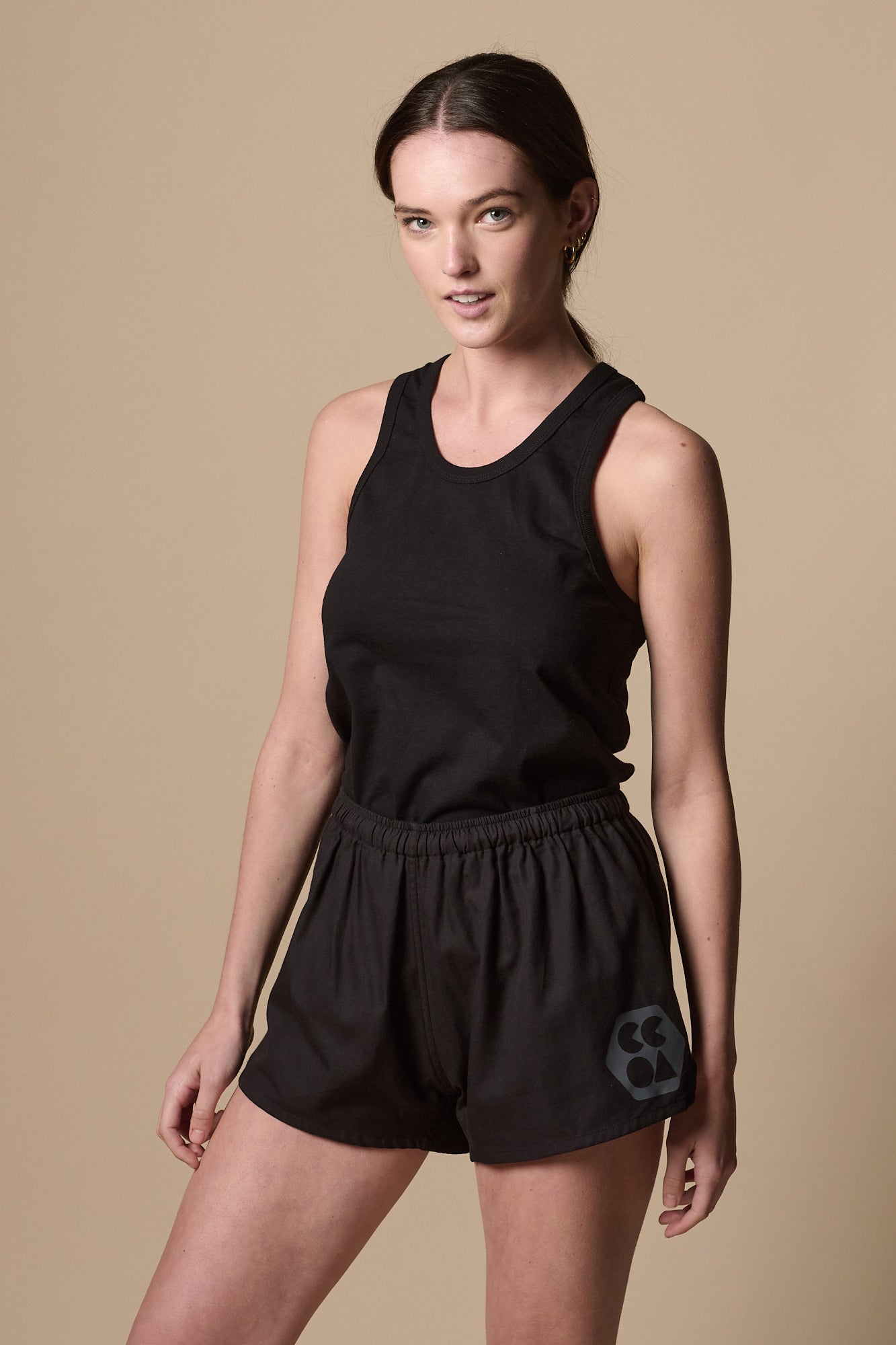Three
things affect the
performance of sports clothing.
1.
The fit of the
garment; the cut and construction, the placement of seams; the shape and size
of the panels; the same fit performance can be achieved in both synthetic and
natural fibres.
2.
The moisture
transport of the fabric; there are two components to this, one mechanical, one
material:
· the
mechanical structure of the fabric, how
it is woven or knitted, affects the way moisture is transported through fabric;
moisture wicking structures are readily achievable in both synthetic and
natural fibre fabrics.
· the
material structure of the fibres in the fabrics, how they repel or absorb
moisture, affects the moisture transport also. Synthetic fibres such as
polyester are hydrophobic, meaning they do not absorb water; they dry more
quickly but can feel sticky on the skin. Natural fibres such as cotton are
hydrophilic, meaning they absorb a certain % of water; they can take a little
longer to dry, but feel more comfortable next to the skin.
3.
The stretch of the
fabric; there are two components to the stretch in fabrics: one mechanical, one
material:
· mechanical
stretch can be achieved through the construction of the fabric, this is the
same for synthetic and natural fibres. Stretch fabrics are possible in both,
for example knitted cotton jersey used in t shirts has good mechanical stretch.
This stretch will not deteriorate significantly over time.
· Material
stretch is due to the nature of chemical bonding within elastic materials and this cannot
be achieved in natural fibres. However this property,
especially the stretch recover, will deteriorate significantly over time,
sometime after not very many wear and wash cycles. It is this stretch that is predominantly
utilised in modern running tights.















































































































